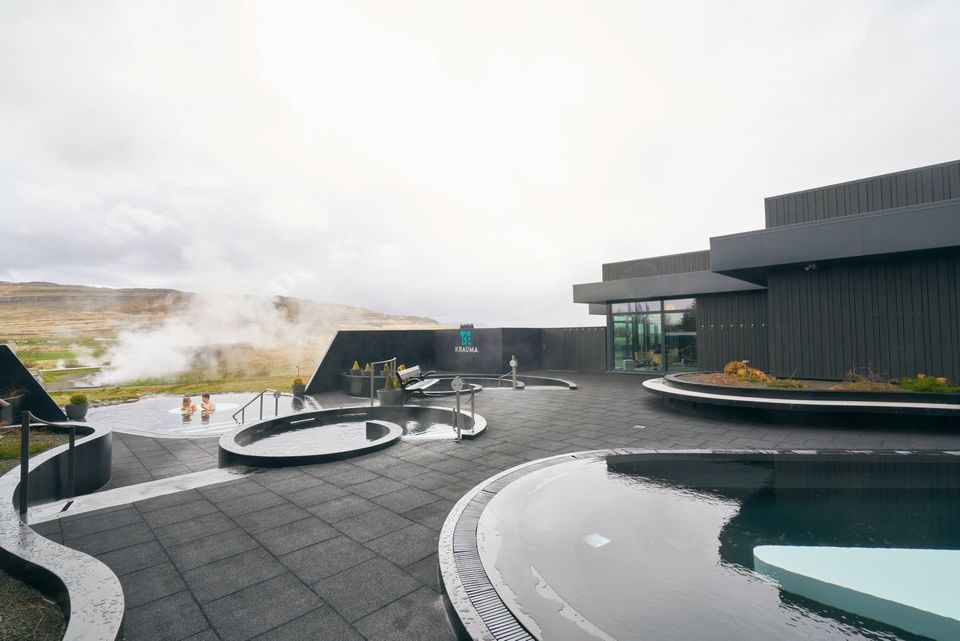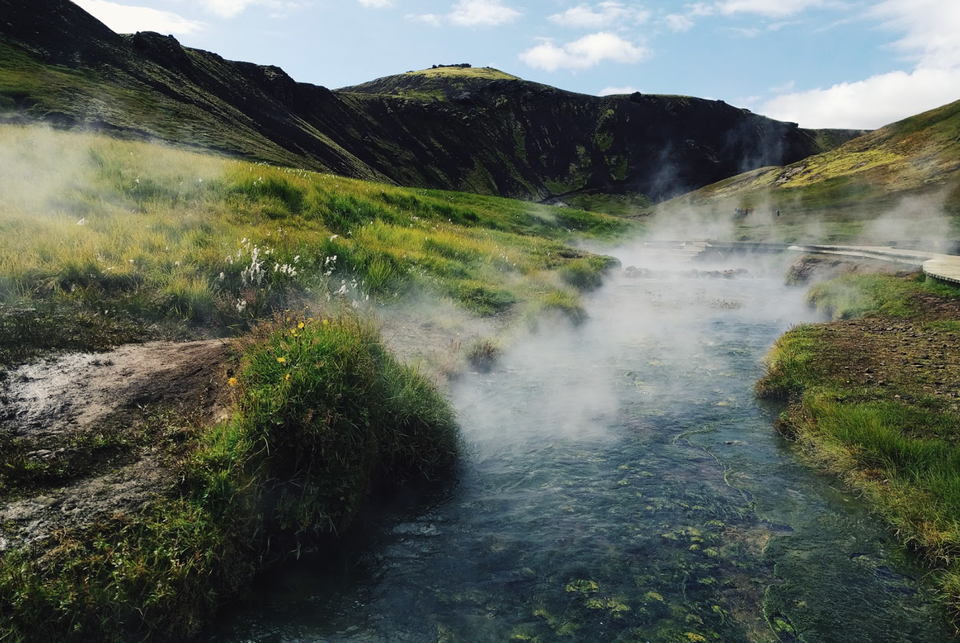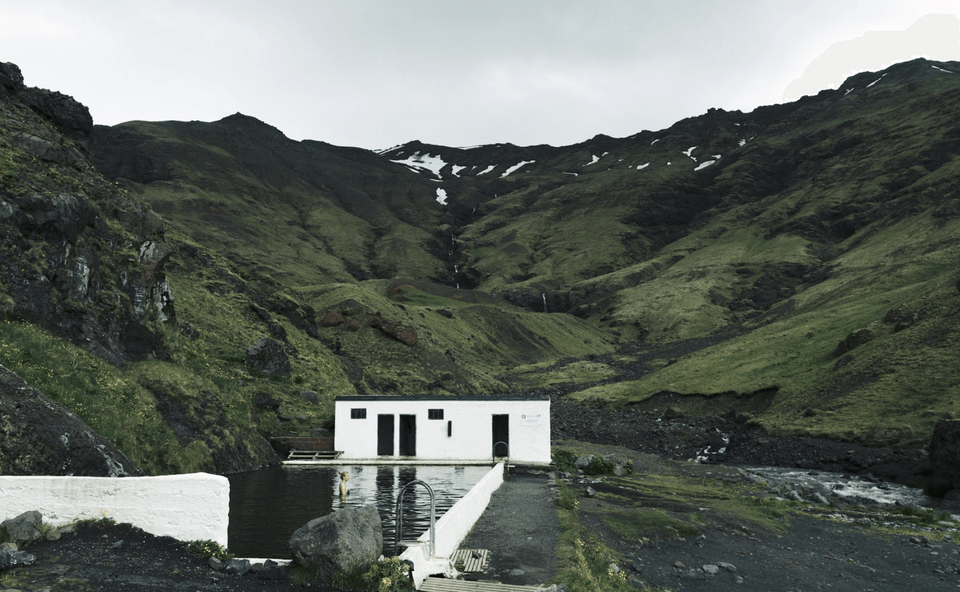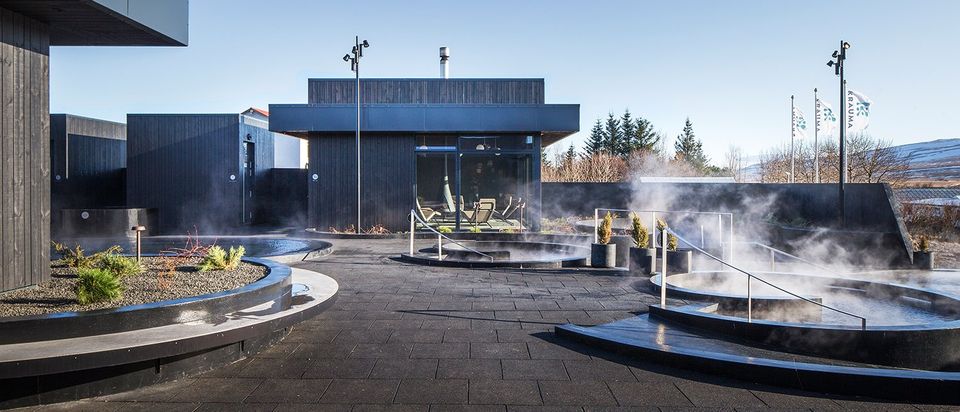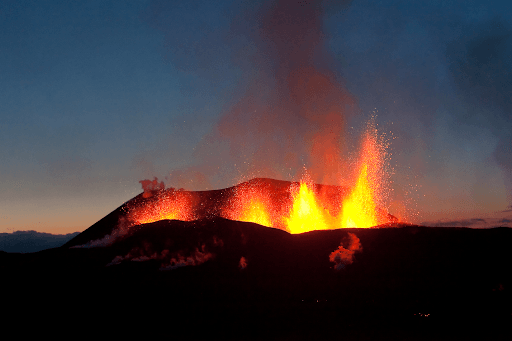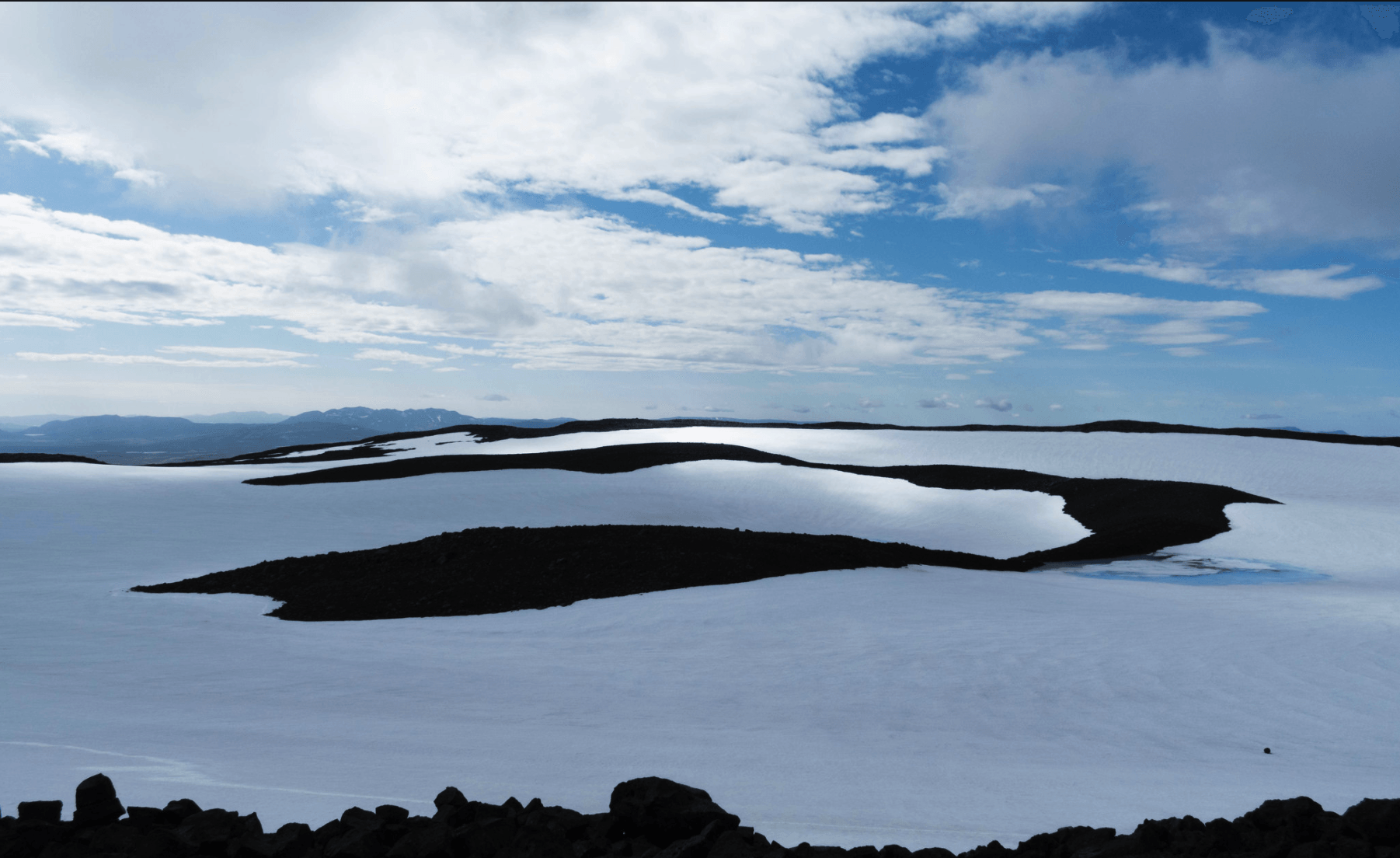History of Geothermal Spas in Iceland
12. júní 2020
History of Geothermal Spas in Iceland
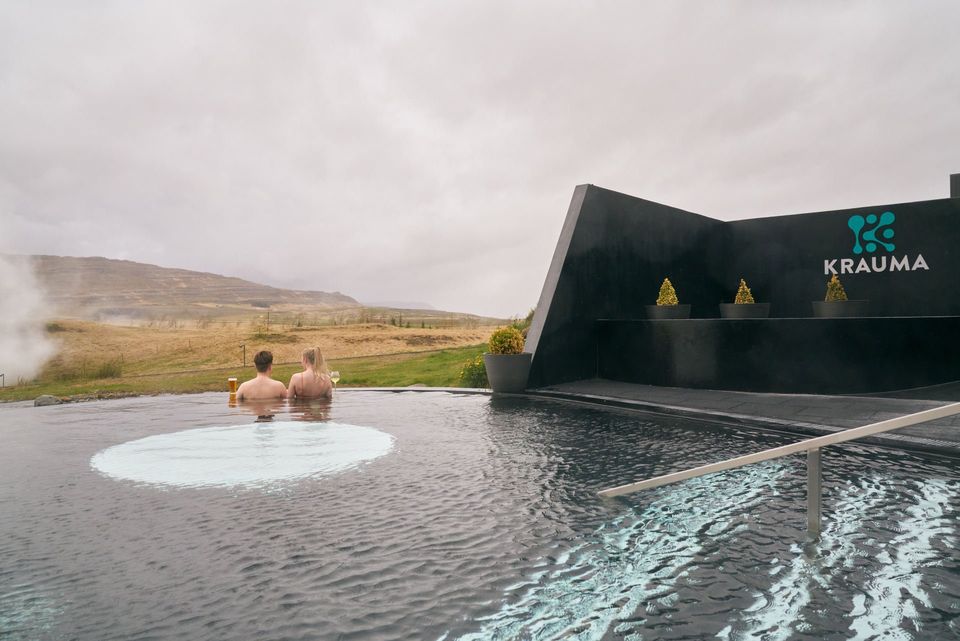
Did you know that bathing in geothermal water is an Icelandic tradition that dates back to the twelfth century and the actual settlement of Iceland? Flashforward to present day, and one of the main appeals for travellers coming to Iceland is still the wonder of bathing in geothermal water.
Offering slightly more comfort than the primitive pools of the middle age, today’s geothermal spas in Iceland have made way for luxury experiences embedded in raw Icelandic nature.
Continue reading to find out how the geothermal spa in Iceland became what it is today.
What is a geothermal pool/spa?
I bet you are familiar with what a pool and spa is, so what you really are asking is; what does geothermal mean? The word “geothermal” has its origin in the greek language and consists of geo meaning earth, and thermos meaning hot.
Thus, when speaking of geothermal pools, what we essentially mean is a pool heated with energy from the earth.
How is geothermal energy extracted?
Geothermal energy is found in reservoirs of hot water under the ground in earth’s crust. These water accumulations are heated by the high temperatures within earth and can be tapped into by drilling, alternatively, the water can rise naturally to the surface of earth in what we call hot springs. The hot water or steam can be exploited for heating or cooling purposes, or to generate electricity.
Why is geothermal water used for spas?
As heated water is able to hold more dissolved solids than cold water, the water found in hot springs is usually also high in mineral content. Bathing in mineral-rich water is believed to have a number of health benefits, which makes areas in close proximity to hot springs attractive locations for geothermal spa facilities.
Why does Iceland have so many geothermal pools and spas?
It cannot have escaped anybody’s attention that Iceland is situated over a fissure between tectonic plates; more specifically - on top of the Eurasian and North American plates. This geological location provides an advantage, as geothermal energy exploitation is more or less limited to areas near rifts in tectonic plates.
Geothermal energy is preferred not only due to being more sustainable and environmentally friendly, but also because of being superior in terms of cost-efficiency compared to other energy sources.
The cost-efficiency of geothermal energy is essentially what makes it possible to have so many pools and spas in Iceland. In some cases the excess water from a geothermal power plant can be used at spas, in other cases water can be taken directly from a nearby hot spring, e.g. Krauma utilises Deildartunguhver hot spring (read more about Krauma geothermal spa here).
And yes - it is a given that the appeal with cozying up in a warm pool grows as you start to understand that Iceland a larger part of the year is forced into darkness and questionable weather.
Hot spring bathing through the ages
One of the oldest and most famous man-made hot tubs in Iceland can be found in Reykholt and is fed by hot spring Skrifla. It belonged to renowned historian, poet, and politician Snorri Sturluson who moved there in the 13th century. Snorralaug, as the tub is called, was first mentioned in “Landnáma” or the book of settlement, in which written evidence suggests that it was taken into use already in the 10th century.
Hot springs have however been used for bathing even earlier than that in places where geothermal water in suitable temperatures have collected naturally.
Despite the early history of bathing, swimming has not always been a common skill among Icelanders. Many fishermen of the old days drowned after capsizing, sometimes with shore in sight, owing to the lack of swimming skills. With these harsh realisations, swimming became a desired skill among Icelanders. People started to learn swimming in water-filled ditches, where women used to do laundry.
A definite turning point occurred when a drill that was imported to help Icelanders in their search for gold, after failed attempts instead was used for another purpose - to extract geothermal resources. With consequent unlimited access to hot water, and as swimming became a mandatory part of education in 1943 - pools started popping up everywhere and people actually learned how to swim.
Today every town or neighbourhood has their own public swimming pool, adding up to a total of over 120 public pools in Iceland. These public swimming pools are a place for relaxation and socialisation for the Icelandic people; this is where families and friends meet up after a long day to sit back and discuss anything and everything.
The birth of geothermal spas in Iceland
At some stage, bathers started to realise the healing properties of geothermal water. Sufferers of different skin conditions noticed that the mineral-rich water relieved their symptoms and people from all over the world started traveling to Iceland to cure their illnesses.
The business opportunities were obvious and in later years geothermal spa facilities have popped up in every corner of Iceland; much appreciated by locals as well as tourists. The old veterans Secret Lagoon, recognised as the oldest pool in Iceland, and Blue Lagoon, created in its first form in 1987, were in 2004 accompanied by Mývatn Nature Baths, Krauma in 2017, GeoSea in 2018 and finally Vök Baths in 2019, to mention a few.
Why visit a geothermal spa while in Iceland?
The geothermal spa is today something of a trademark for Iceland. Bathing in geothermal pools is part of the Icelandic heritage, tradition and culture. The geothermal resources provide affordable mineral-rich water, making it ideal for spas facilities, meanwhile the mild climate lends it well to soaking in a warm hot tub.
In other words - geothermal spas fit right into the Icelandic experience and you should definitely try it out.
Iceland is home to many incredible spa facilities where you can take a moment to recharge on your adventure. We have put together the ultimate guide to Iceland’s geothermal spas for you here.
New Paragraph
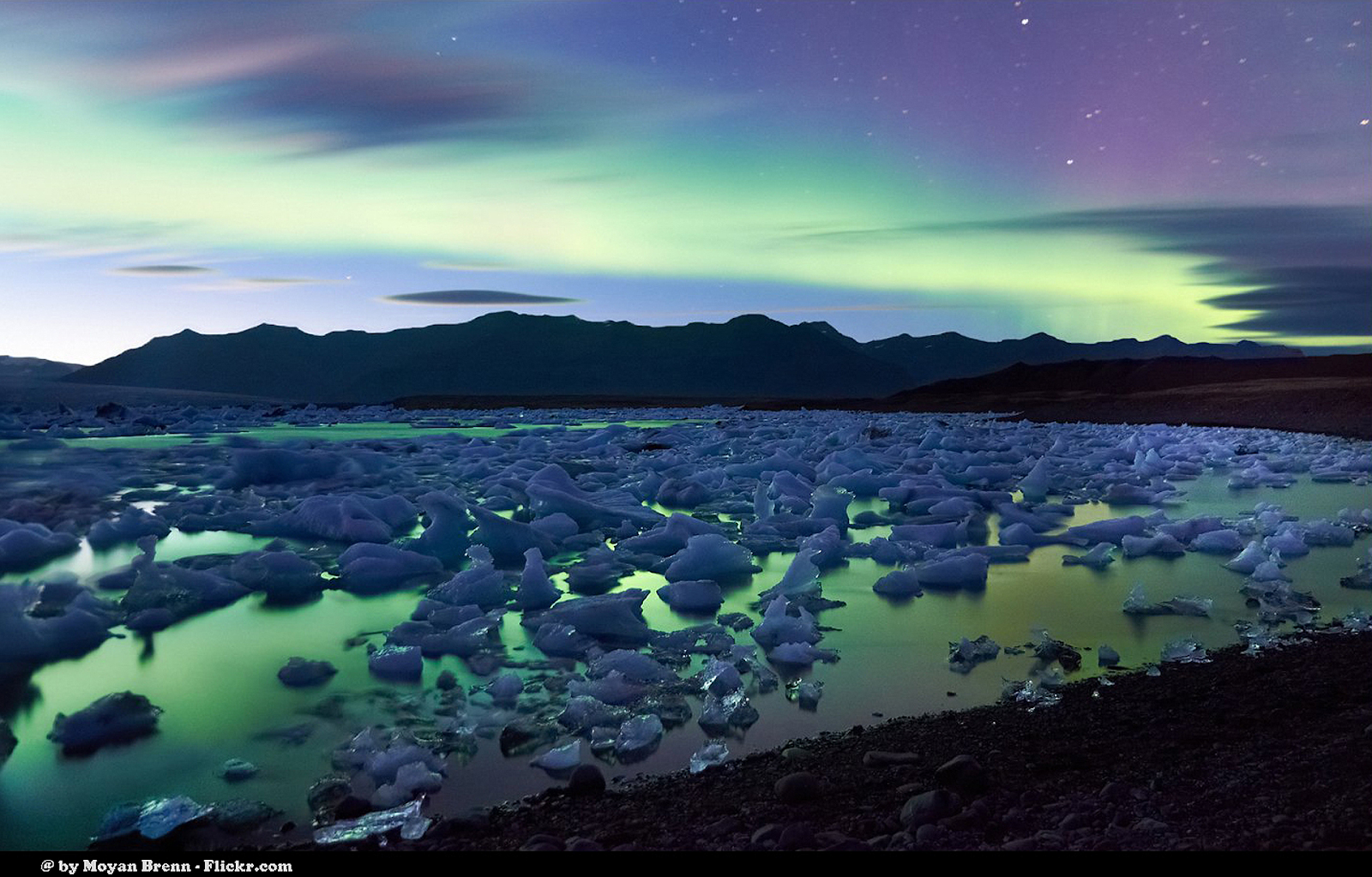
Iceland has long been regarded as one of the ultimate countries to tick off travellers bucket lists. From watching the famous Northern Lights to exploring glaciers, volcanoes, mountains, hot springs, tearing tectonic plates, black sand beaches and much more it’s clear to see how it earned its reputation.
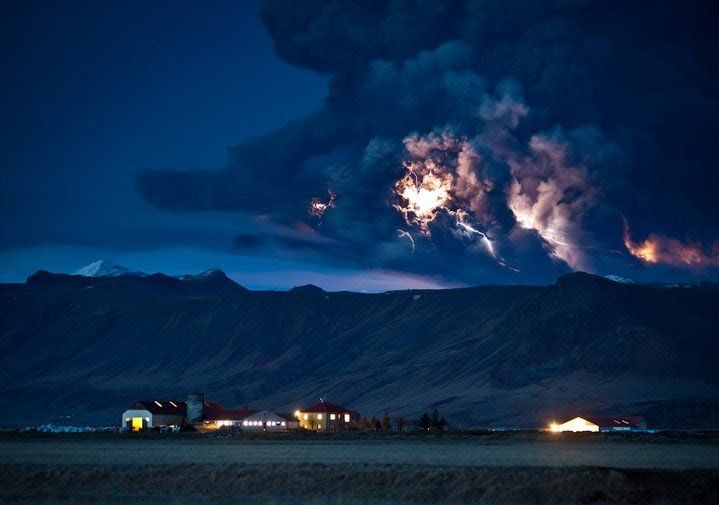
What caused Iceland’s Eyjafjallajökull volcano to erupt in 2010, and what were the consequences? Can Iceland expect more volcanic eruptions in the future? Where can you learn more about these fascinating geological forces? Read on to find out all there is to know about the 2010 Eyjafjallajökull eruption in Iceland.
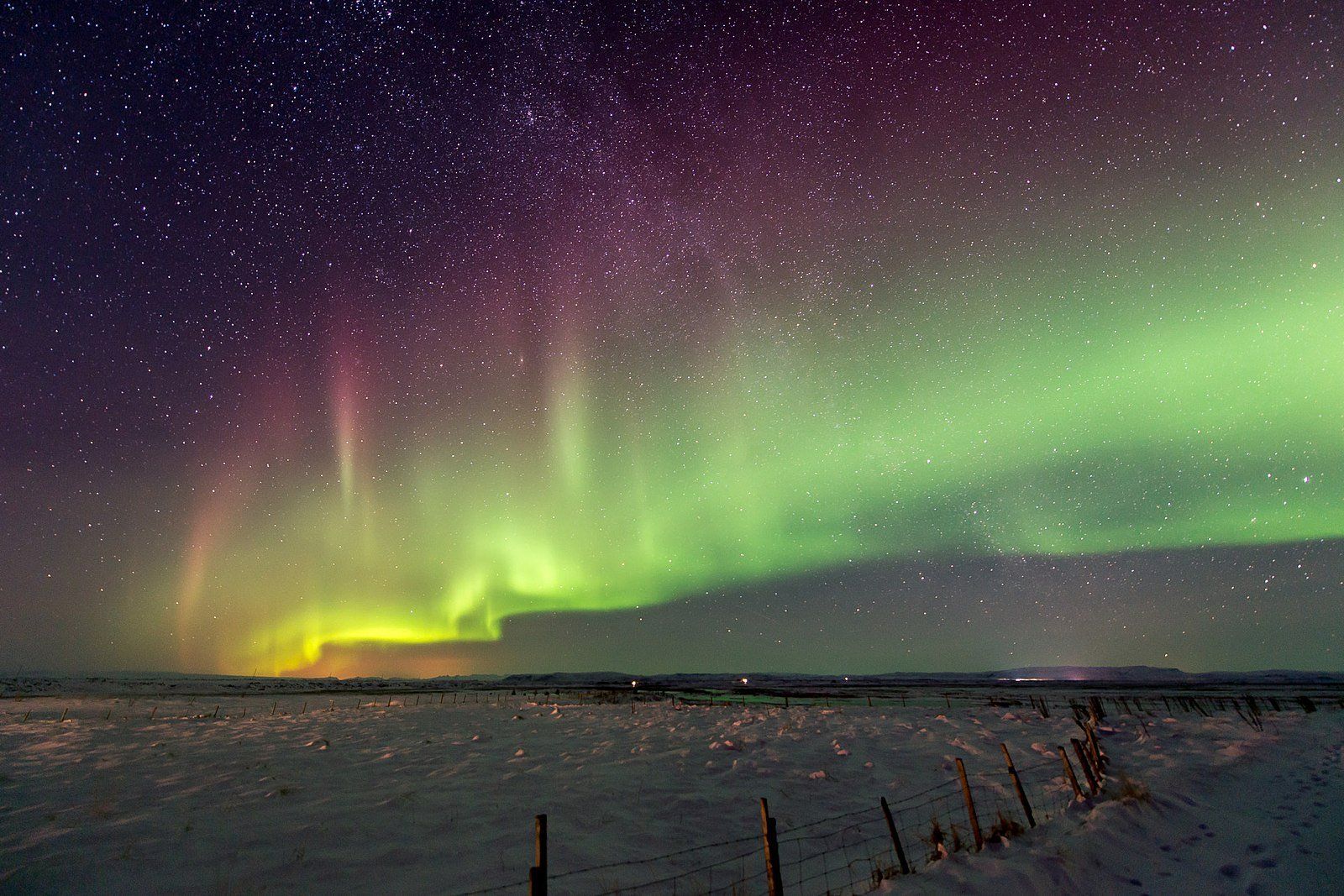
Situated in a perfect spot in the auroral oval, as well as being isolated in the middle of the Atlantic and just outside the realms of the Arctic Circle provides the best climate, tranquility and wondrous environments to watch nature's greatest show play out above our heads. Without the rich folklore, spectacular terrains and passionate Icelanders, watching the Northern Lights during a winter in Iceland just wouldn’t be quite as special.
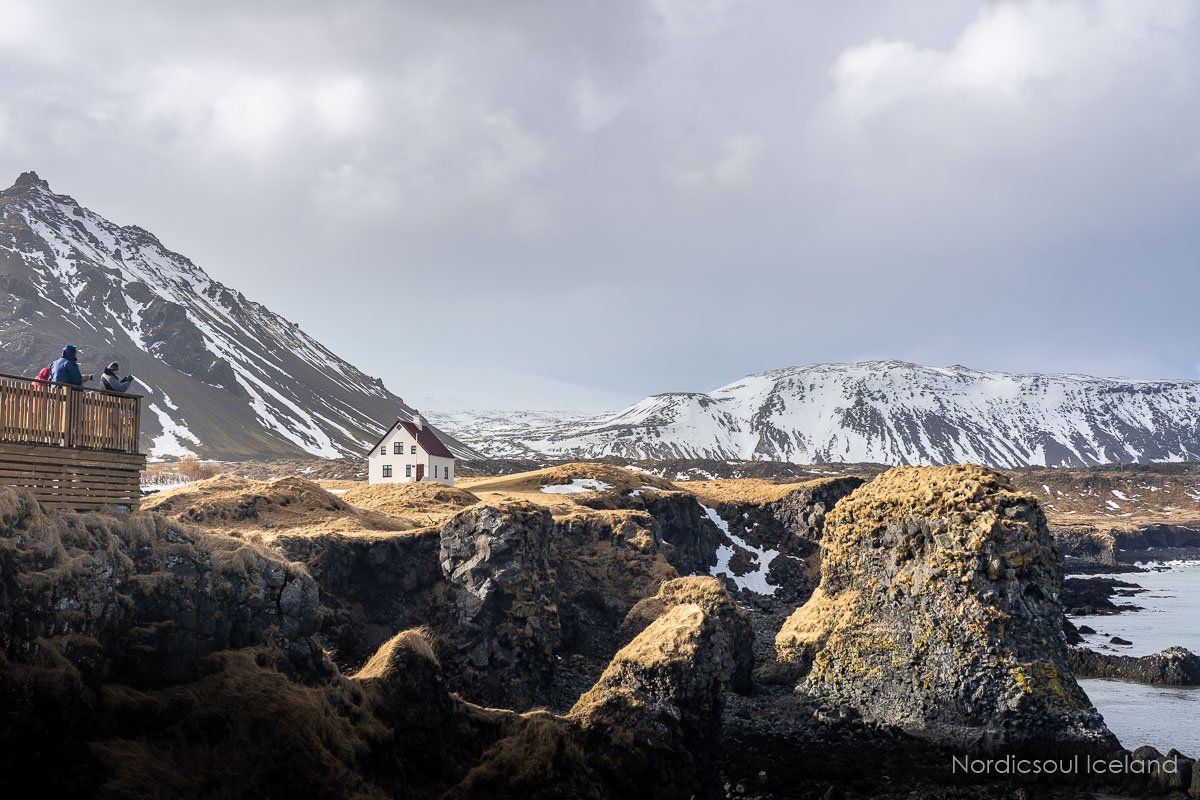
If you’re planning a visit to Iceland, then the west of the country needs to be high on your list. With an abundance of rugged landscapes of mountains, lava fields, waterfalls, lava caves and a tranquil spa destination, it’s the perfect region to take your time exploring.
However, what are the best things to sightsee in West Iceland? Where do you definitely need to stop off at? What are the hidden gems of this region? And, what do locals recommend for the optimum experience?
In this blog, I will answer all these questions and more, from the geological and volcanic wonders to the most incredible viewing points to get the very best from your trip to West Iceland.
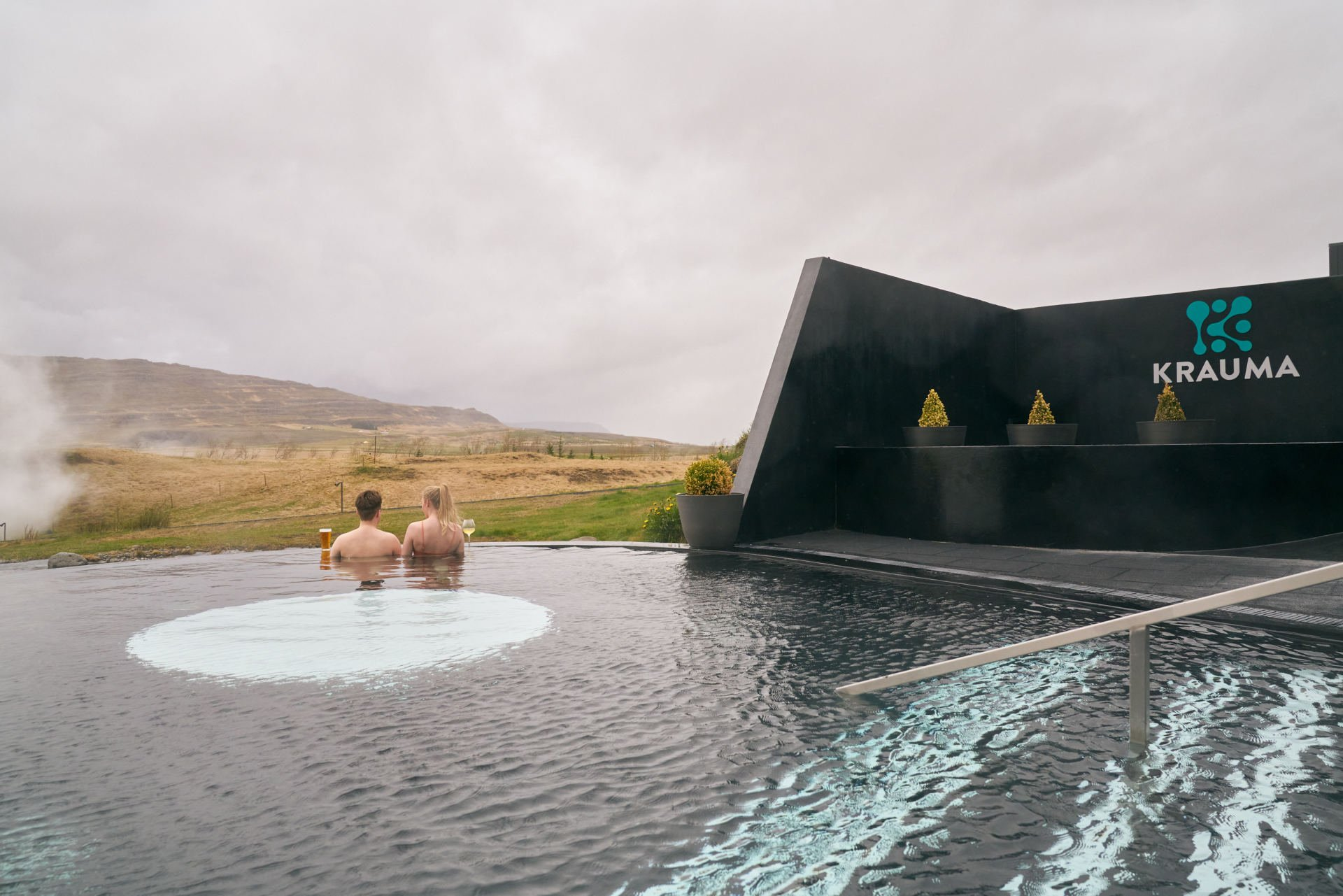
Author: Michael Chapman Where is the Deildartunguhver hot spring in Iceland, and what is the best way to visit? Just how powerful is Deildartunguhver, and can you find hot springs in Iceland elsewhere? Read on to find out more information about Deildartunguhver (and other Hot Springs) in Iceland. Bathing in geothermal hot springs regularly crops up among the most exciting activities one can participate in when visiting Iceland. Just like the Midnight Sun , or the majestic Northern Lights , geothermal spas have become synonymous with this small Nordic isle. Many guests are looking to keep their experience as authentic as possible, relaxing in waters that are naturally drawn from beneath the earth. It should be made clear that not all hot springs are safe to enter. That’s not to say guests won’t find some dotted across the island—noticeably, in the Highlands or Reykjadalur Valley—but those looking for a natural experience paired with well-managed luxury will find specialised spas and resorts the most rewarding. For instance, many travellers passing through the sublime landscapes of West Iceland might notice clouds of white steam billowing on the horizon. This is because they are nearby to the famous Deildartunguhver hot spring, one of the area’s best, yet lesser-known natural attractions. Visiting this site is made all the better given the luxurious Krauma Spa sits just on its doorstep, offering both sightseeing and bathing opportunities.



